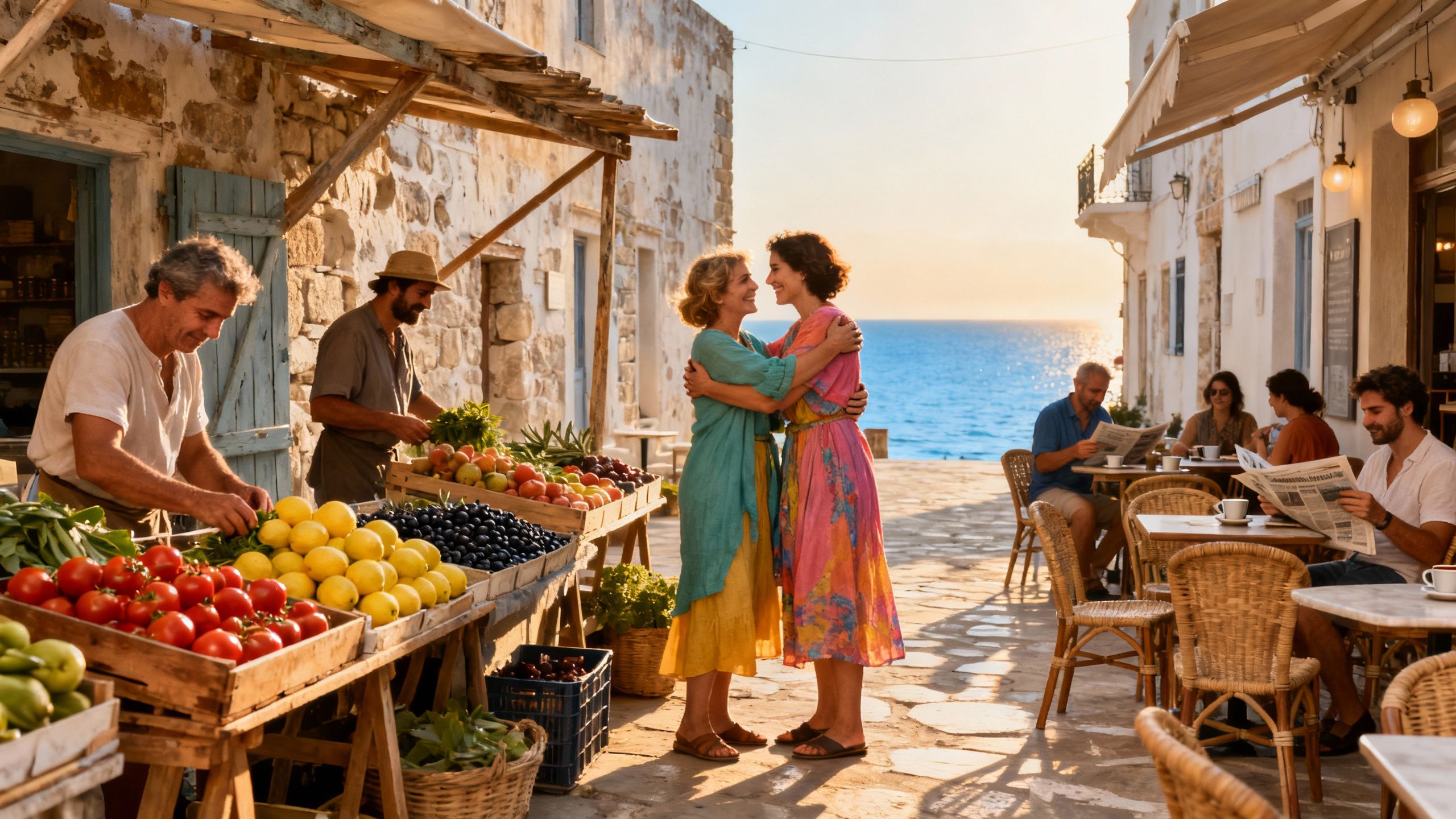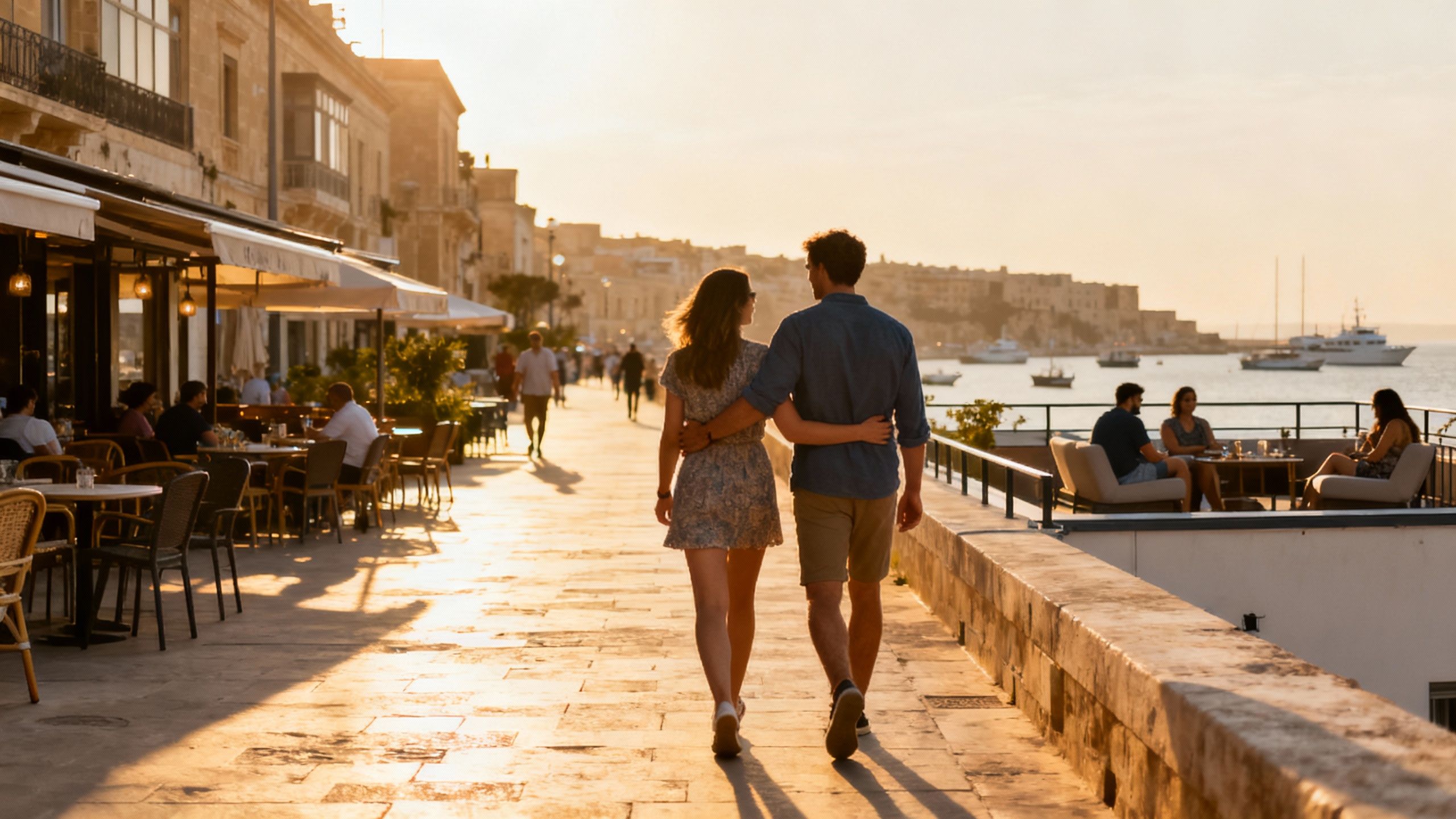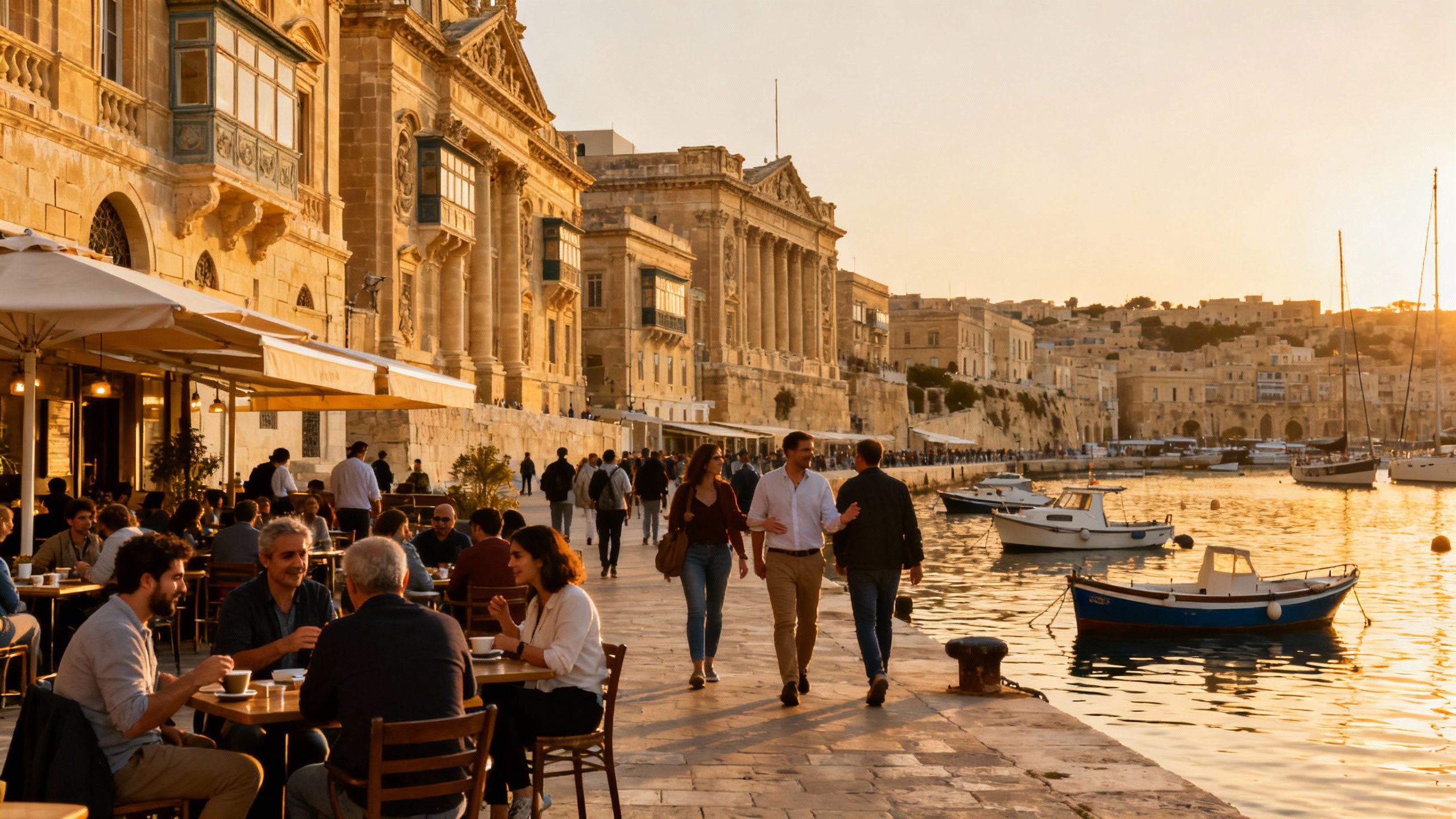France: Lifestyle Choices and Market Realities
A vivid look at living in France—from Parisian arrondissements to Provençal domaines—paired with market data and practical steps for buyers in a stabilising 2024–25 market.
Imagine a late morning in Aix‑en‑Provence: a baker lifts a tray of still‑warm fougasses, shutters open to a pale limestone street, and you move easily between a Provençal market and a light‑filled salon. This is the texture of life that draws many international buyers to France — an everyday composed of material craft, civic rituals and quietly distinctive neighbourhoods. Yet that lifestyle sits within a market shaped by recent statistical shifts and local regulation; informed decisions require both the sensibility to recognise a singular place and the practical knowledge to steward it well.
Living the French life: atmosphere, rhythm and signature neighbourhoods
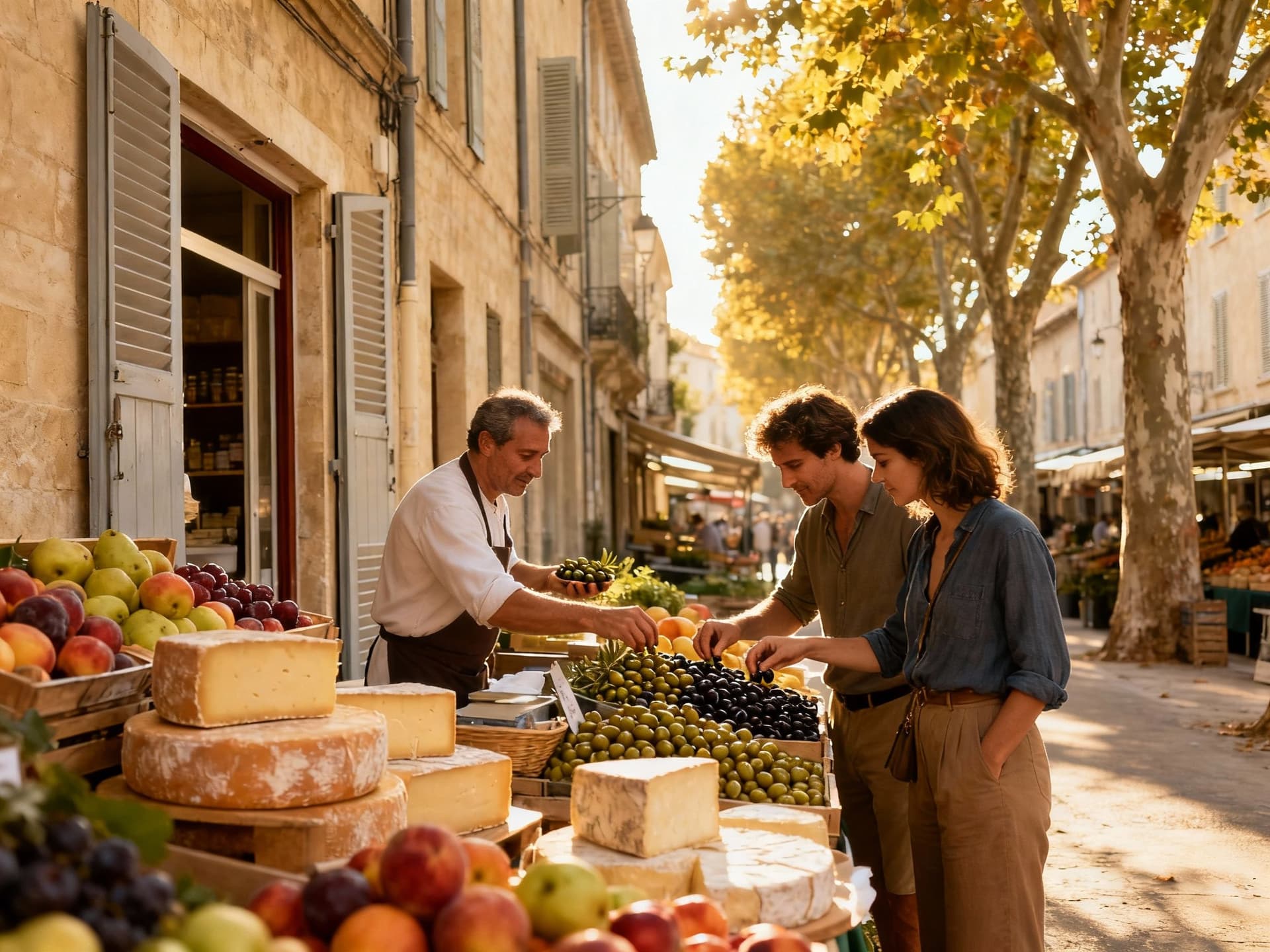
France’s way of life is plural. In Paris the day begins with espresso, a municipal baker, and measured steps through arrondissements whose Haussmannian facades and carved doorways record a layered urban history; in the Midi, mornings unfold along seafront promenades and in small marketplaces where produce and conversation are equally prized. Recent national data show modest price stabilisation in late 2024 and early 2025, reminding prospective buyers that opportunities vary markedly by region and property type. Understanding local rhythm — when markets warm, how tourism changes a quarter’s character — is as important as knowing square‑metres.
Paris and Île‑de‑France: formal density and quiet corners
In Paris, a 19th‑century urban grammar meets contemporary life: narrow bookshops, courtyard gardens and discreet ateliers sit alongside offices and international schools. Prices remain high but have shown signs of regional moderation; recent notarial commentary points to selective recovery in parts of Île‑de‑France. For buyers who prize provenance and architectural integrity, seek arrondissements where period features—parquet, cornices, wrought‑iron balconies—are well preserved and where local planning rules protect streetscape character.
Provence, the Riviera and coastal life: light, land and leisure
The Côte d’Azur and Provençal heartland offer a different economy of living — outdoor rooms, terraces shaded by plane trees, and summer markets that structure social life. Villas with mature gardens, small domaine properties and townhouses in coastal villages deliver a lifestyle centred on light and landscape. Consider microclimate and tourist seasonality: a property’s utility and rental potential are strongly influenced by access, parking and proximity to understated harbours rather than headline beaches alone.
- Lifestyle highlights to visit and experience
- Stroll the Marché d’Aligre (Paris) at 09:00 for market‑fresh produce and a lively bistro breakfast
- Walk the coastal path from Villefranche‑sur‑Mer to Cap Ferrat for sheltered views and discreet villas
- Spend an autumn morning in Bordeaux’s Chartrons — antique shops, wine négociants and riverside cafés
Making the move: where lifestyle meets legal and market reality
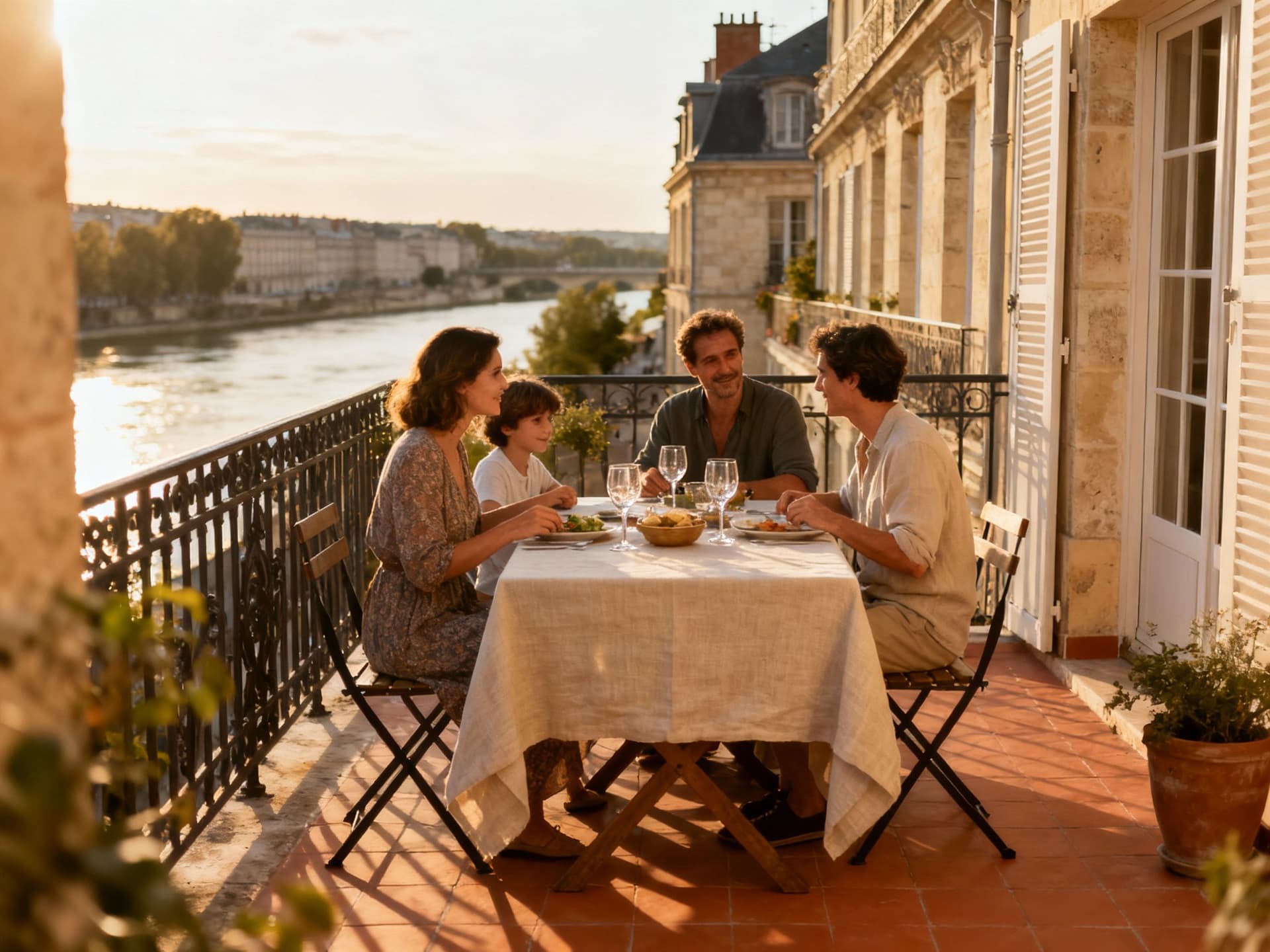
Turning a desire for a French life into a purchase requires a sequence of practical steps. Recent INSEE figures indicate near stability in late 2024 and tentative rises in early 2025 in provincial second‑hand prices, underscoring regional heterogeneity. Buyers should align their neighbourhood preferences with realistic expectations about pricing, taxes and transaction times; a well‑briefed local agency will reconcile the particularities of everyday life with the legal framework that governs property transfer.
Property types: how architecture shapes daily life
A town flat in Lyon offers immediate cultural density and short walks to cafés and theatres, but typically requires acceptance of vertical living and less outdoor private space. A restored Mas in Provence brings thick stone walls, shaded courtyards and seasonal living patterns that favour alfresco dining and gardens. When selecting a type, consider maintenance demands, listed‑building restrictions, and the extent to which historic fabric has been sympathetically restored.
Working with local experts who know both place and process
A local notaire, an architect conversant with historic restoration, and an agent who understands off‑market listings form the core team. Agencies that combine cultural literacy—an ability to describe provenance and craftsmanship—with practical know‑how about taxes, diagnostic reports (diagnostics immobiliers) and permit requirements will protect both purchase price and future value. For international buyers, an English‑speaking notaire or a bilingual agency can reduce friction without replacing local legal precision.
- Practical steps to marry lifestyle and logistics
- Arrange a preliminary budget that includes purchase price, notary fees (commonly 7–8% on older properties), renovation contingency and annual local taxes
- Commission a full set of diagnostics (termites, lead, asbestos, energy) before final offers; these reports often set negotiation boundaries
- Engage a notaire early to clarify succession rules, fiscal residency implications and any conservation easements affecting the site
Insider knowledge: what expats often learn after moving
Expat experience tends to converge on a few truths: local routine matters more than headline scenes; community ties form through markets, school gates and small civic rituals; and many discover that maintenance and seasonal rhythms shape enjoyment more than one‑off design choices. Notarial and market reports show the French market remains heterogeneous — some cities recovering, others still contracting — so an on‑the‑ground perspective is essential.
Cultural integration and practical social life
Language accelerates integration; even modest effort in French opens doors at the boulangerie, school and mairie. Regular presence — attending a neighbourhood fête, volunteering at a local association, or taking a market stall’s advice on seasonal produce — converts curiosity into belonging. For families, international and bilingual schools cluster in predictable districts, which should be factored into school‑run logistics and property choice.
Long‑term stewardship: preserving value and character
Investing in a French property is often an exercise in stewardship. Whether conserving a period hôtel particulier in Bordeaux or restoring a manor house in Normandy, buyers should prioritise authenticity in materials and skilled artisan work. Thoughtful restoration that respects original fabric generally yields better long‑term capital and cultural value than wholesale modernisation.
- Red flags and opportunities — on the ground
- Red flag: incomplete diagnostics or unclear servitudes (right of way, coastal setbacks)
- Opportunity: well‑located provincial flats where recent reports show price upticks and limited renovation needs
- Red flag: mismatched tourist zoning that limits long‑term rental potential despite attractive seasonal yields
- Opportunity: small domaine properties with established olive or vine plantings that combine lifestyle with ancillary income
If you picture life in France — the late afternoon light, the cadence of meals, the pleasure of a well‑kept interior — then the practical next step is a local reconnaissance that tests those impressions against planning rules, market data and the physical condition of candidate properties. A discreet local agency is the conduit between image and reality: they translate place into paperwork, provenance into contracts, and morning markets into realistic ownership plans.
Norwegian with years in Florence guiding clients across borders. I bridge Oslo and Tuscany, focusing on legal navigation, cultural context, and enduring craftsmanship.
